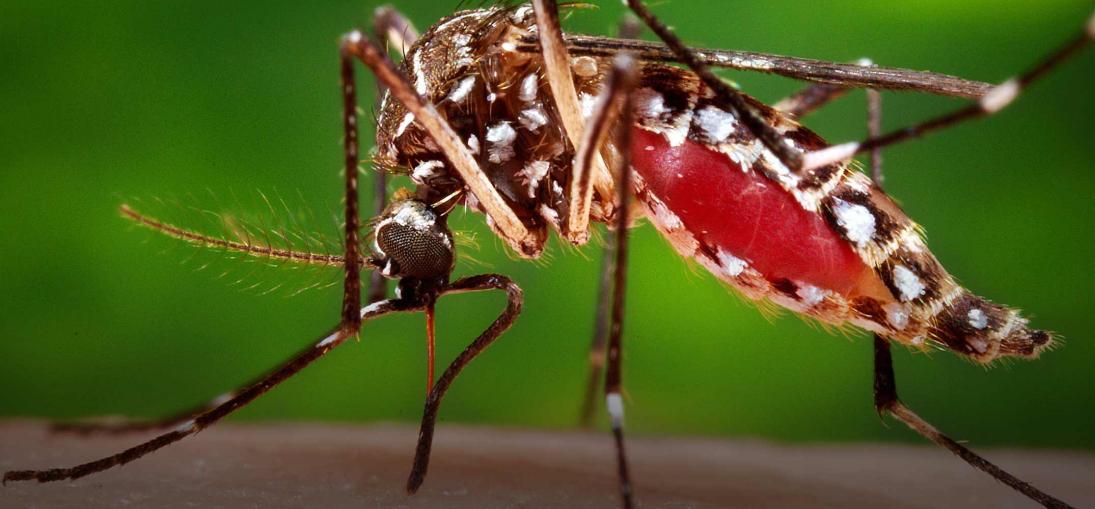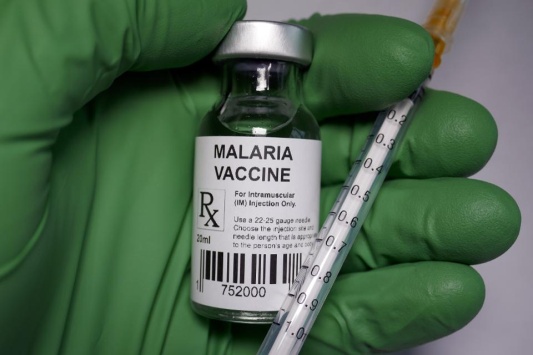 ATC
ATC
Malaria Key facts
Malaria is a life-threatening disease caused by parasites that are transmitted to people through the bites of infected female Anopheles mosquitoes. It is preventable and curable.
In 2017, there were an estimated 219 million cases of malaria in 87 countries.
The estimated number of malaria deaths stood at 435 000 in 2017.
The WHO African Region carries a disproportionately high share of the global malaria burden. In 2017, the region was home to 92% of malaria cases and 93% of malaria deaths.
Total funding for malaria control and elimination reached an estimated US$ 3.1 billion in 2017. Contributions from governments of endemic countries amounted to US$ 900 million, representing 28% of total funding.

Malaria is caused by Plasmodium parasites, there are five species of Plasmodium (single-celled parasites) that can infect humans and cause illness;
Plasmodium falciparum (or P. falciparum),
Plasmodium malariae (or P. malariae),
Plasmodium vivax (or P. vivax),
Plasmodium ovale (or P. ovale),
Plasmodium knowlesi (or P. knowlesi).
Plasmodium falciparum is considered the most dangerous because they replicate very quickly in the blood and cause severe blood loss (Anemia). In addition, the infected parasites can clog small blood vessels. When this occur in the brain, cerebral malaria results - a complication that can be fatal.
The parasites are spread to people through the bites of infected female Anopheles mosquitoes, called "malaria vectors."
Symptoms
Malaria is an acute febrile illness. In a non-immune individual, symptoms usually appear 10–15 days after the infective mosquito bite. The first symptoms – fever, headache, and chills – may be mild and difficult to recognize as malaria. If not treated within 24 hours, P. falciparummalaria can progress to severe illness, often leading to death.
Children with severe malaria frequently develop one or more of the following symptoms: severe anaemia, respiratory distress in relation to metabolic acidosis, or cerebral malaria. In adults, multi-organ failure is also frequent. In malaria endemic areas, people may develop partial immunity, allowing asymptomatic infections to occur.
In 2017, 5 countries accounted for nearly half of all malaria cases worldwide: Nigeria (25%), the Democratic Republic of the Congo (11%), Mozambique (5%), India (4%) and Uganda (4%).
Children under 5 years of age are the most vulnerable group affected by malaria; in 2017, they accounted for 61% (266 000) of all malaria deaths worldwide.
Prevention
Vector control is the main way to prevent and reduce malaria transmission. If coverage of vector control interventions within a specific area is high enough, then a measure of protection will be conferred across the community.
WHO recommends protection for all people at risk of malaria with effective malaria vector control. Two forms of vector control – insecticide-treated mosquito nets and indoor residual spraying – are effective in a wide range of circumstances.
Insecticide-treated mosquito nets
Sleeping under an insecticide-treated net (ITN) can reduce contact between mosquitoes and humans by providing both a physical barrier and an insecticidal effect.
Indoor spraying with residual insecticides
Indoor residual spraying (IRS) with insecticides is another powerful way to rapidly reduce malaria transmission.
Anti-malarial
drugs
Anti-malarial medicines can also be used to prevent malaria. For travelers, malaria can be prevented through chemoprophylaxis, which suppresses the blood stage of malaria infections, thereby preventing malaria disease. For pregnant women living in moderate-to-high transmission areas, WHO recommends intermittent preventive treatment with sulfadoxine-pyrimethamine, at each scheduled antenatal visit after the first trimester. Similarly, for infants living in high-transmission areas of Africa, 3 doses of intermittent preventive treatment with sulfadoxine-pyrimethamine are recommended, delivered alongside routine vaccinations.
Insecticide resistance
Since 2000, progress in malaria control has resulted primarily from expanded access to vector control interventions, particularly in sub-Saharan Africa. However, these gains are threatened by emerging resistance to insecticides amongAnopheles mosquitoes. According to the latest World malaria report, 68 countries reported mosquito resistance to at least 1 of the 5 commonly-used insecticide classes in the period 2010-2017; among these countries, 57 reported resistance to 2 or more insecticide classes.
Despite the emergence and spread of mosquito resistance to pyrethroids (the only insecticide class used in ITNs), insecticide-treated nets continue to provide a substantial level of protection in most settings.
Diagnosis and treatment
Early diagnosis and treatment of malaria reduces disease and prevents deaths. It also contributes to reducing malaria transmission. The best available treatment, particularly for P. falciparum malaria, is artemisinin-based combination therapy (ACT).
WHO recommends that all cases of suspected malaria be confirmed using parasite-based diagnostic testing (either microscopy or rapid diagnostic test) before administering treatment. Results of parasitological confirmation can be available in 30 minutes or less. Treatment, solely on the basis of symptoms should only be considered when a parasitological diagnosis is not possible.
Anti-malarial drug resistance
Resistance to anti-malarial medicines is a recurring problem. Resistance of P. falciparummalaria parasites to previous generations of medicines, such as chloroquine and sulfadoxine-pyrimethamine (SP), became widespread in the 1950s and 1960s, undermining malaria control efforts and reversing gains in child survival.
Protecting the efficacy of anti-malarial medicines is critical to malaria control and elimination. Regular monitoring of drug efficacy is needed to inform treatment policies in malaria-endemic countries, and to ensure early detection of, and response to, drug resistance.
Vaccines against malaria

RTS,S/AS01 (RTS,S) is the first and, to date, the only vaccine to show partial protection against malaria in young children. It acts against P. falciparum, the most deadly malaria parasite globally and the most prevalent in Africa. Among children who received 4 doses in large-scale clinical trials, the vaccine prevented approximately 4 in 10 cases of malaria over a 4-year period.
In view of its public health potential, WHO’s top advisory bodies for malaria and immunization have jointly recommended phased introduction of the vaccine in selected areas of sub-Saharan Africa.
